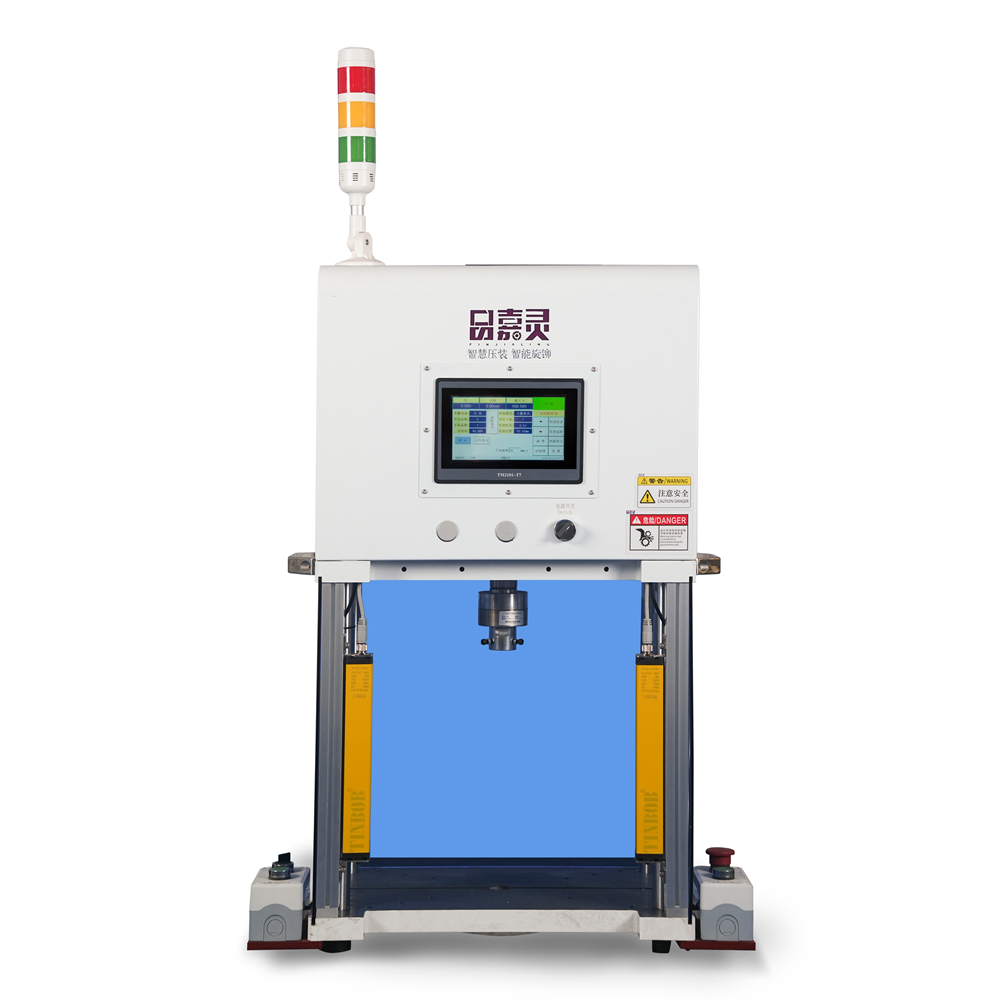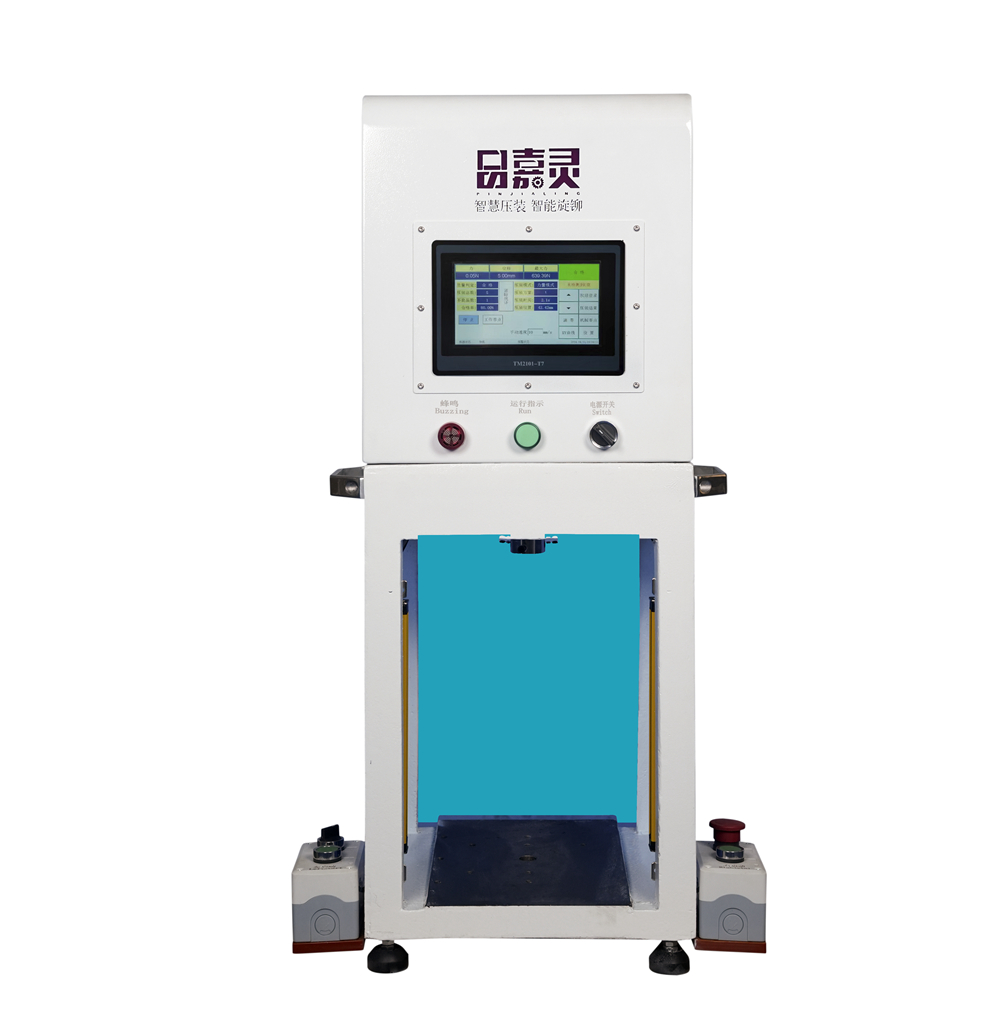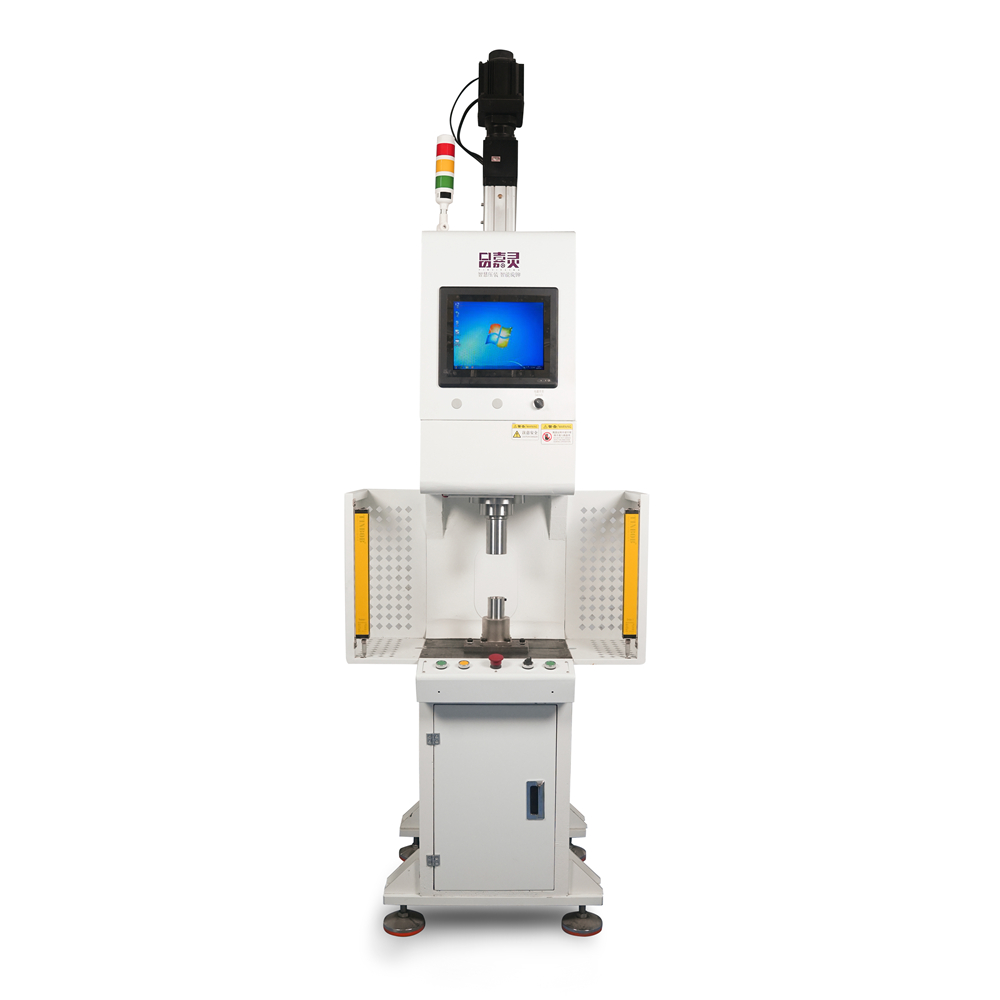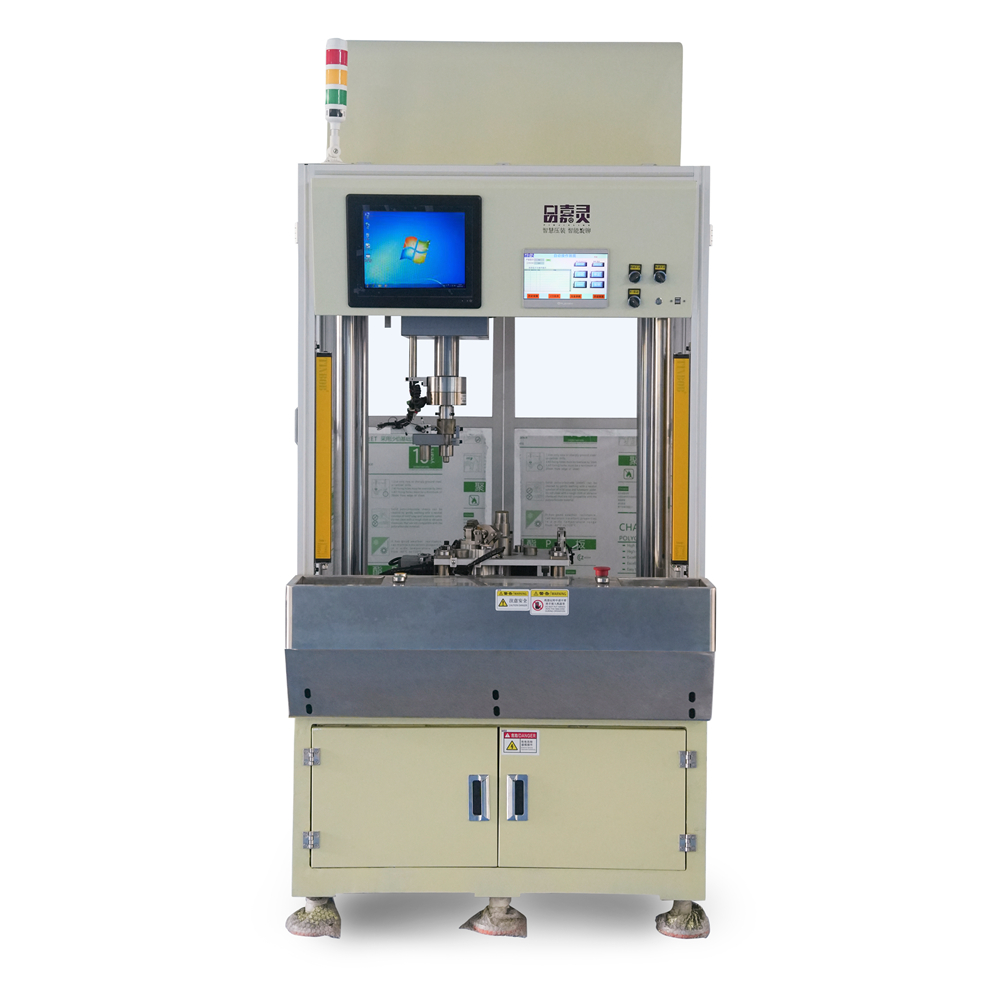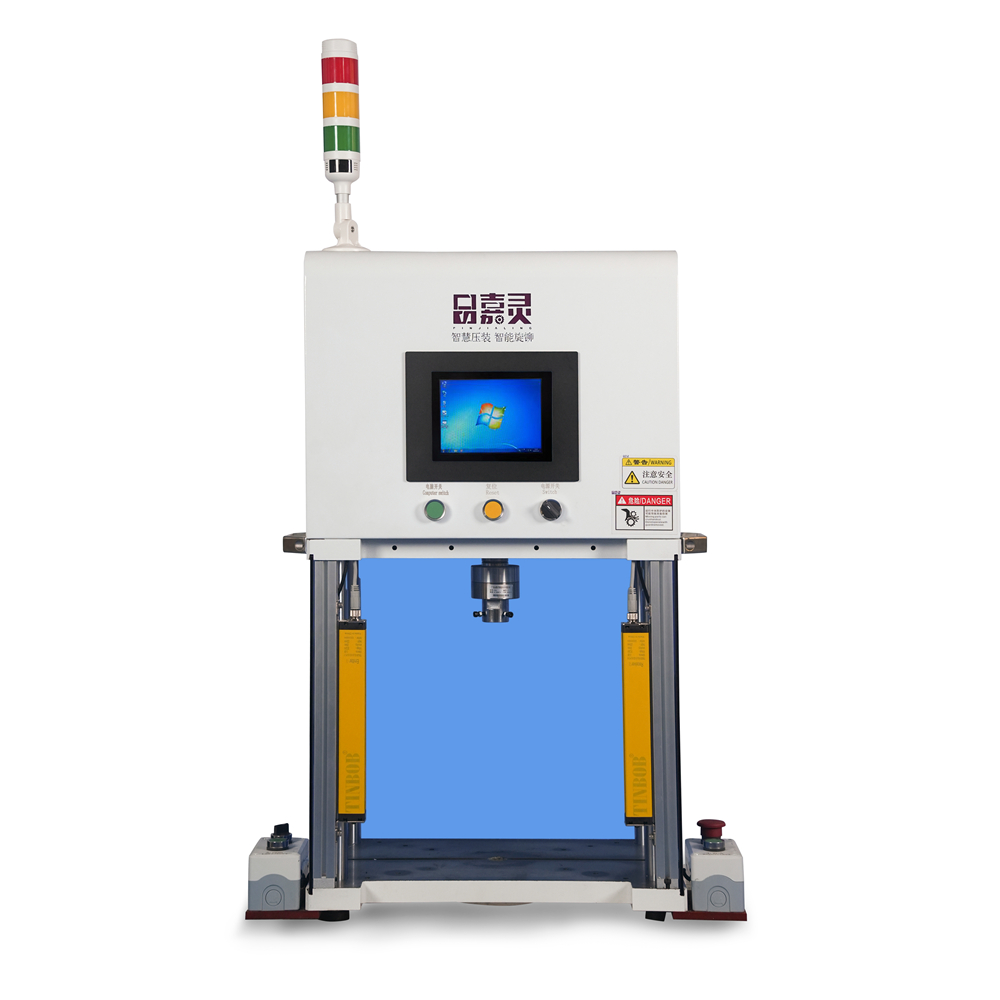Precision Servo Press Machine Calibration Techniques for Consistent Results
Precision servo press machines have become increasingly popular in various manufacturing sectors due to their ability to deliver high accuracy and efficiency. However, to ensure the consistency and reliability of these machines, proper calibration techniques are essential. This article outlines key calibration techniques that are vital for achieving consistent results with precision servo press machines.

Understanding Machine Calibration
Calibration is the process of configuring an instrument or machine to provide a result for a sample within an acceptable range. In the context of precision servo press machines, calibration ensures that the machine operates within specified tolerances, thereby enhancing the accuracy of the presses during operations.
Initial Setup and Zeroing
The first step in calibration is the initial setup and zeroing of the machine. Make sure that the machine is installed on a stable surface, minimizing external vibrations or movements. Once installed, perform zeroing of the servo press, which involves setting the reference point for measuring force, displacement, and other critical parameters. This step is crucial as it establishes a baseline for all further measurements.
Force Calibration
Force calibration is a significant aspect of servo press machine calibration. This can be achieved using certified load cells. The process involves applying known weights or forces to the machine and recording the corresponding readings. By comparing these readings with the known values, adjustments can be made to correct any discrepancies. It is important to regularly check the load cells for drift over time and recalibrate them to maintain accuracy.
Displacement Calibration
Displacement calibration focuses on the movement of the press ram. This can be done using precise measurement devices, such as laser displacement sensors or dial indicators. By moving the ram to specific positions and measuring the actual displacement against the intended position, any deviations can be identified and corrected. This ensures that the servo press machine can consistently deliver the desired stroke length, which is essential for producing workpieces to specification.
Control System Tuning
Another critical aspect in achieving consistent results involves tuning the machine’s control system. This involves adjusting parameters such as speed, acceleration, and deceleration. Fine-tuning these parameters enhances the machine’s responsiveness and stability during operation, which can lead to improved repeatability in pressing tasks. Utilizing software tools to analyze the machine’s performance during various operational scenarios is beneficial in making informed adjustments.
Maintaining Environmental Conditions
Environmental factors can significantly impact the performance of precision servo press machines. Temperature, humidity, and cleanliness of the workspace should be monitored and controlled. Regular maintenance of the machine, including cleaning and lubrication, will help sustain its performance. Establishing procedures for environmental monitoring can mitigate unwanted influences that lead to calibration drifts.
Documentation and Regular Checks
Consistent results are also achieved through thorough documentation of calibration processes and regular checks. Keeping a detailed log of calibration dates, procedures, and results allows for easy reference and trend analysis. Scheduling regular recalibration intervals based on usage and operational requirements can help maintain the machine’s integrity and performance over time.
Conclusie
Calibration techniques for precision servo press machines are vital for achieving and maintaining consistent results. By following a systematic approach that includes initial setup, force and displacement calibration, control system tuning, and regular maintenance, manufacturers can optimize their processes. Ultimately, a well-calibrated machine not only improves efficiency and output quality but also contributes to overall operational success.
- Gantry Servo Press Machine in Automotive Industry Stamping Applications
- The automotive industry heavily relies on efficient and precise manufacturing processes to meet the demands...
- Servo Press Machine Market Trends and Future Innovations
- The servo press machine market has been experiencing notable trends and innovations that are shaping its future....
- Precision Servo Press Machine in Optical Component Manufacturing
- The Precision Servo Press Machine plays a crucial role in the manufacturing of optical components,...
- Vertical Servo Press Machine Design Considerations for Optimal Performance
- Vertical servo press machines have become essential in various manufacturing processes due to their precision, efficiency,...
- Gantry Servo Press Machine Structural Rigidity and Its Effect on Pressing
- The structural rigidity of a Gantry Servo Press Machine is a fundamental aspect that significantly...
- Vertical Servo Press Machine in Renewable Energy Component Fabrication
- The use of Vertical Servo Press Machines in the fabrication of renewable energy components represents...





